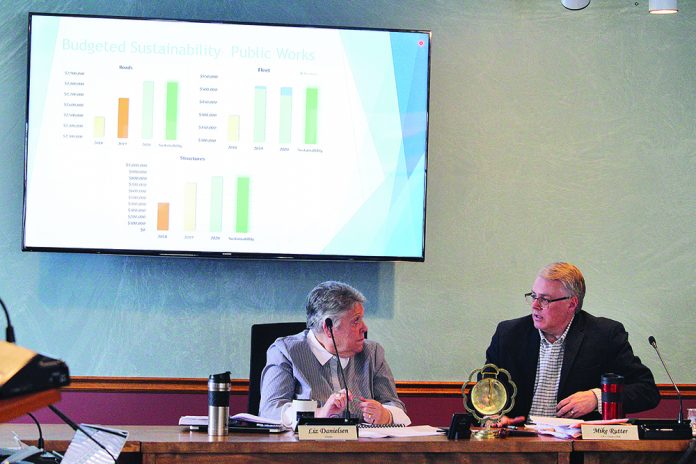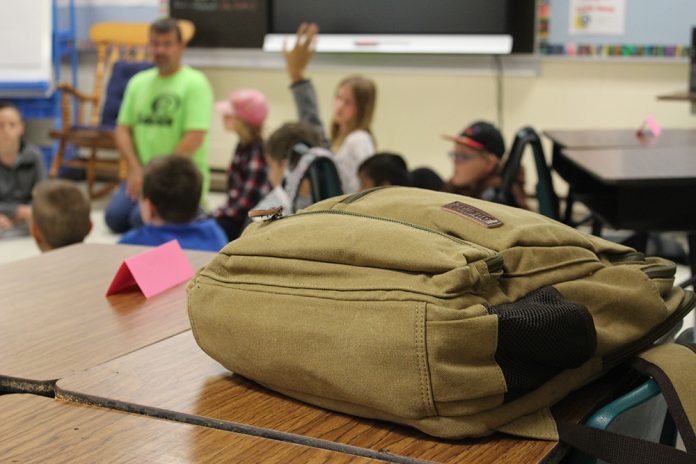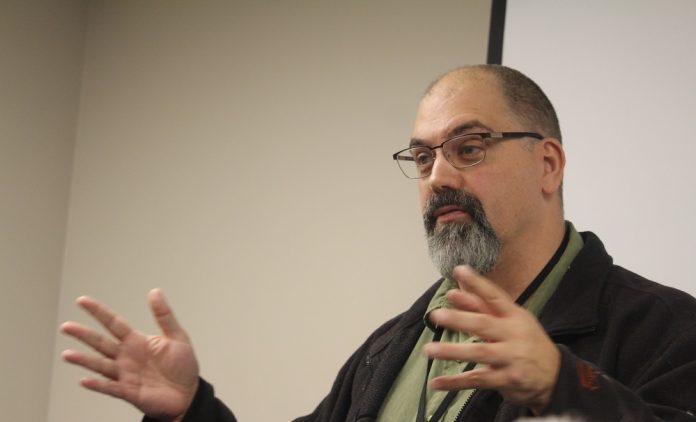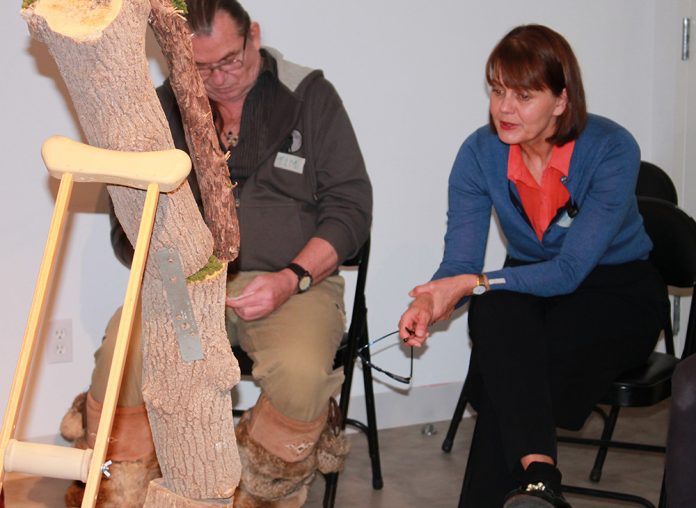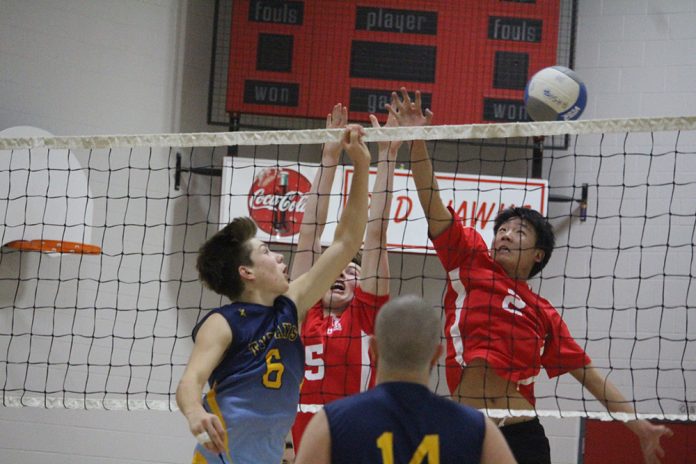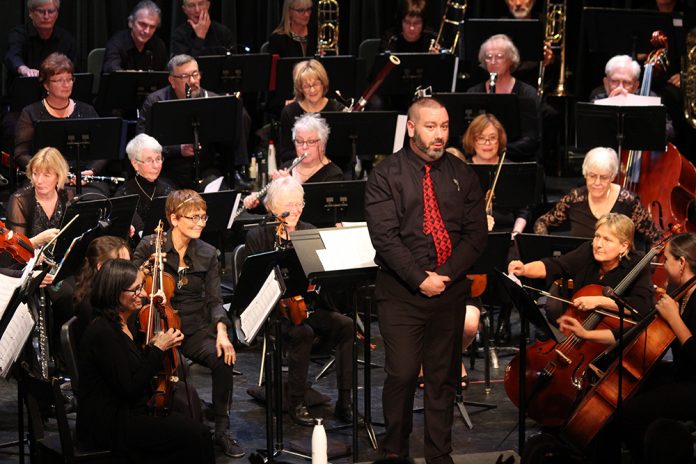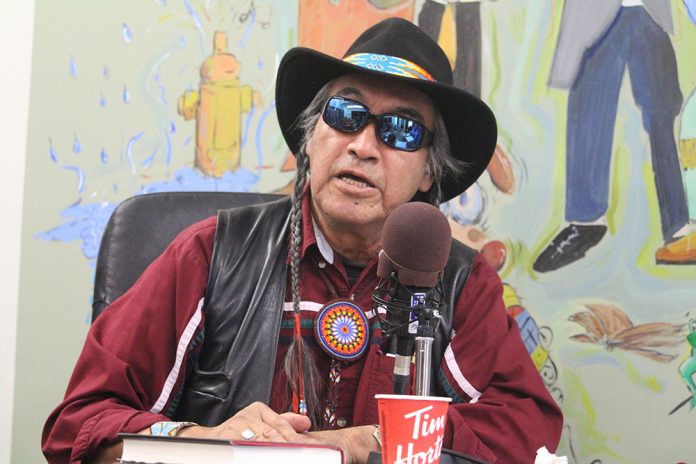The first draft of the County of Haliburton budget for 2020 sits at a 3.97 per cent levy increase.
CAO/clerk Mike Rutter said at an Oct. 11 all-day meeting that the budget “is very much a work in progress,” but he’s confident it will come in at a 3.5 to four per cent hike.
The first draft is seeking an additional $908,177 from 2019.
Rutter emphasized the county goal of sustainability, or “having the funds available to replace or repair the asset at the optimal time … this really has become part of our culture.”
During his presentation, he also commented that there were still a lot of unknowns, such as the extent of provincial government cuts, the results of grant applications and allocations, service review study recommendations, staff suggestions for cutting costs and relying on assessment growth assumptions of one per cent.
He said they had achieved sustainability in a number of areas, such as: physician financial incentives and recruitment; IT hardware; emergency medical services fleet and equipment; public access defibrillators, new housing units, LiDar and GIS; roads fleet; pavement preservation and broadband, resurfacing, bridges and culverts, hiring a climate change coordinator and tourism marketing.
There is still work to be done in the area of shoreline protection and reserve balances, he told county councillors. He also said staff were looking for direction on transit, since they have $50,000 put away but have not made any decisions. While they have hired a climate change staff person, there’ll need to be future direction on any plans. In the area of paramedic resources, he said they’ll likely need another car or shift as call volumes increase. He suspects there will be more needed in the broadband portfolio and decisions about economic development made.
Treasurer Elaine Taylor said staff goals and objectives include keeping tax increases as low as possible while providing efficient service delivery. She is also keen to enhance financial sustainability by focusing on long-term financial planning with an emphasis on zero-based budgeting. Taylor said they’d spent about 56 per cent of the levy as of Aug. 31, with about two-thirds on operating costs and one-third on capital.
“We expect to end the year on budget.” She noted Ontario Municipal Partnership Fund (OMPF) funding has been decreasing, they’ve got over $1M from the Investing in Canada Infrastructure Fund for the Hawk Lake Road Bridge. They received $548,000 in gas tax money. Reserves are sitting at about $4.5 million. There’s also been talk of borrowing $3 million to put towards road works. In Taylor’s opinion, the 2020 budget pressures will come from the unknowns around OMPF; MPAC assessments; health unit costs; winter maintenance and social services and housing. Budget talks are continuing.


